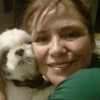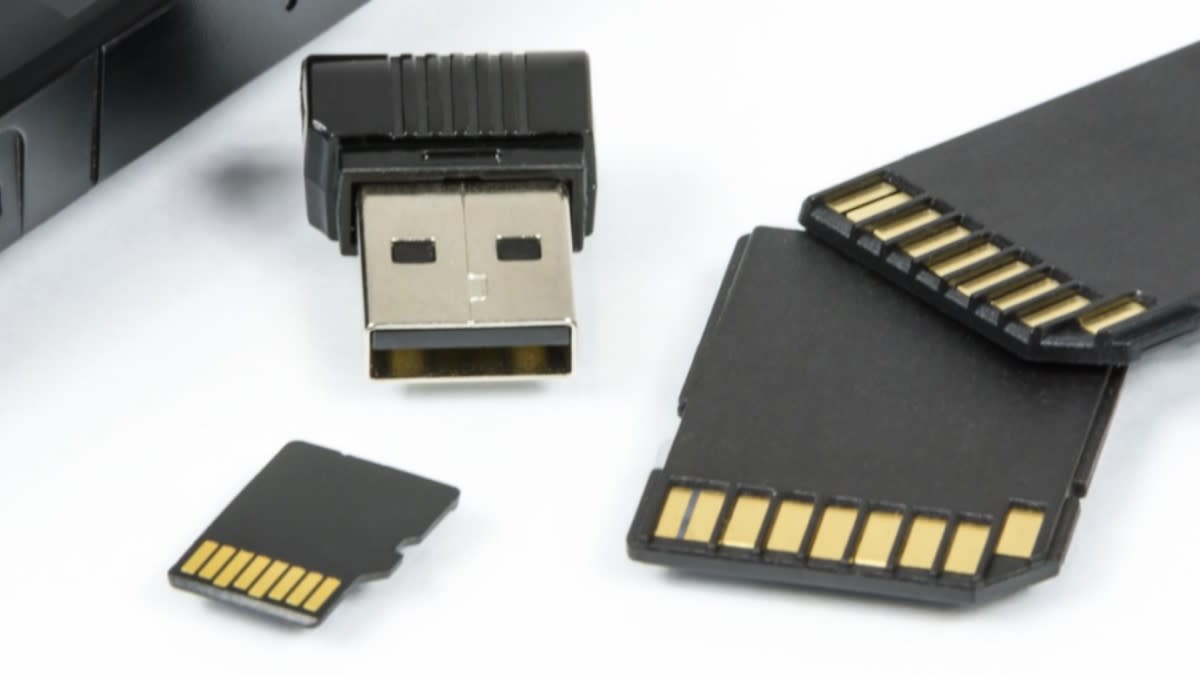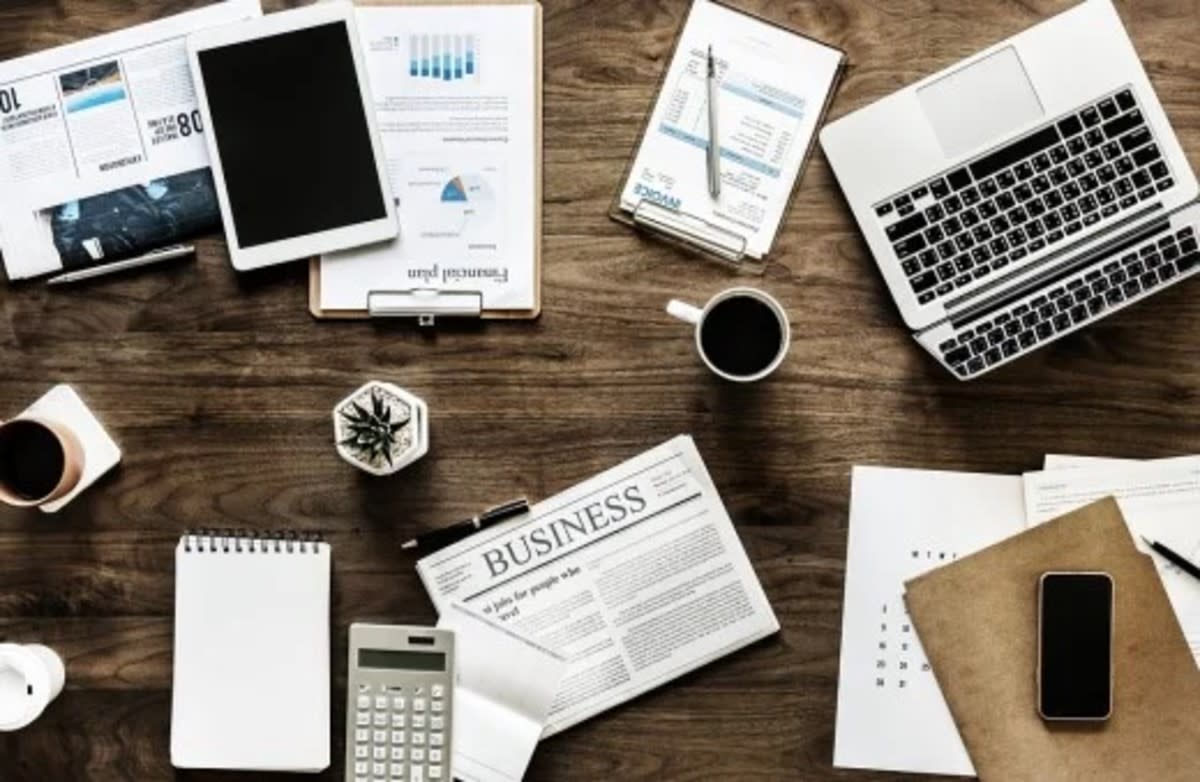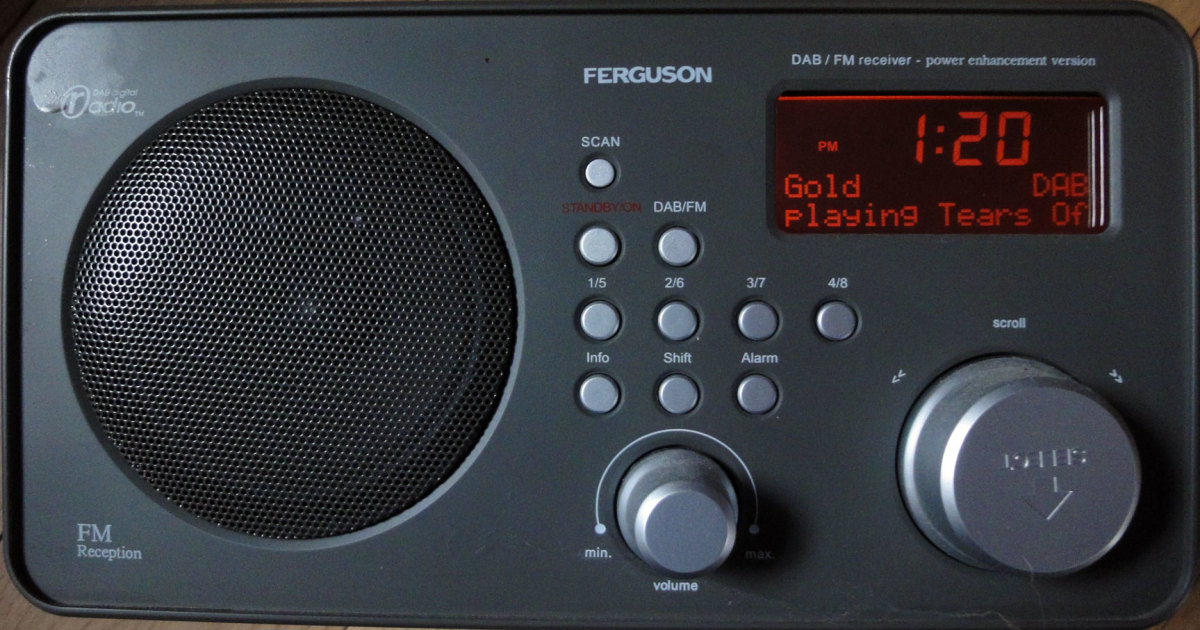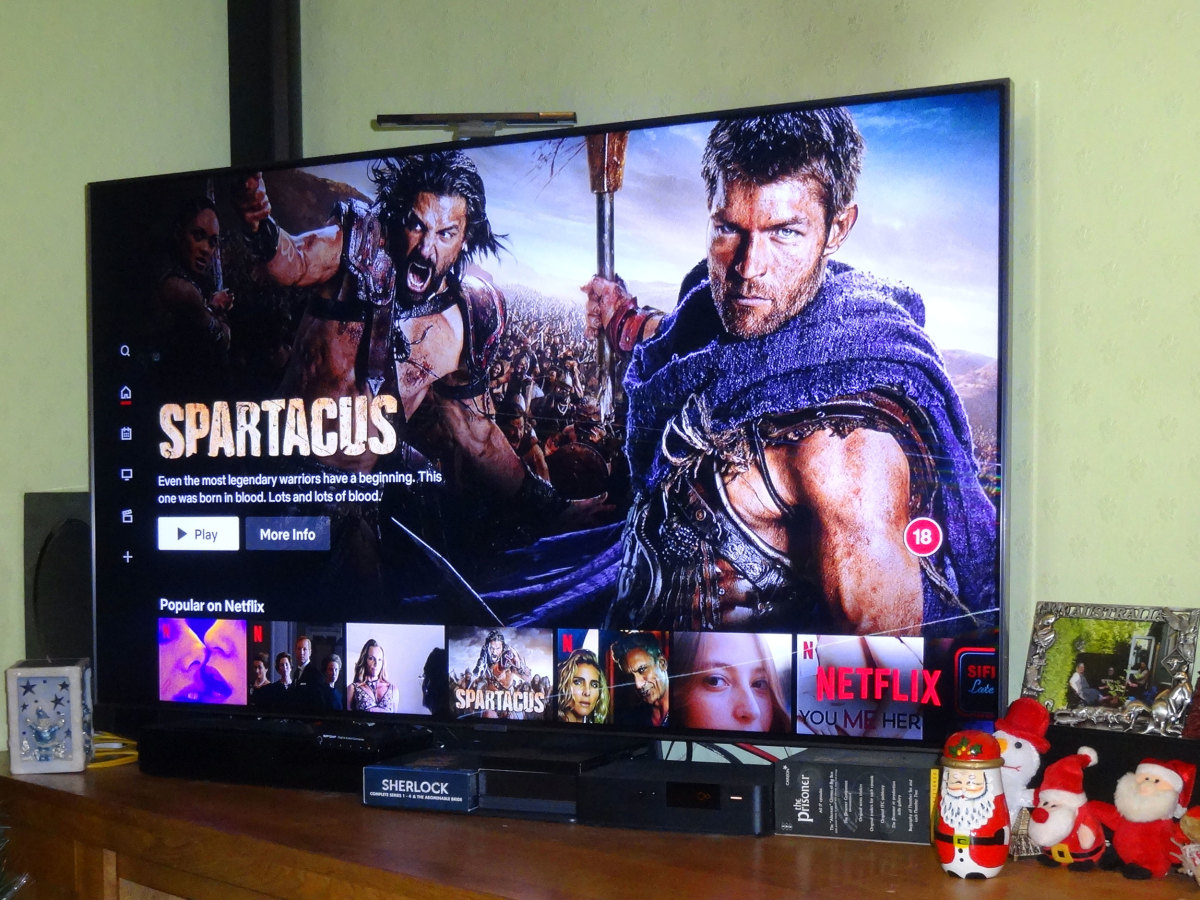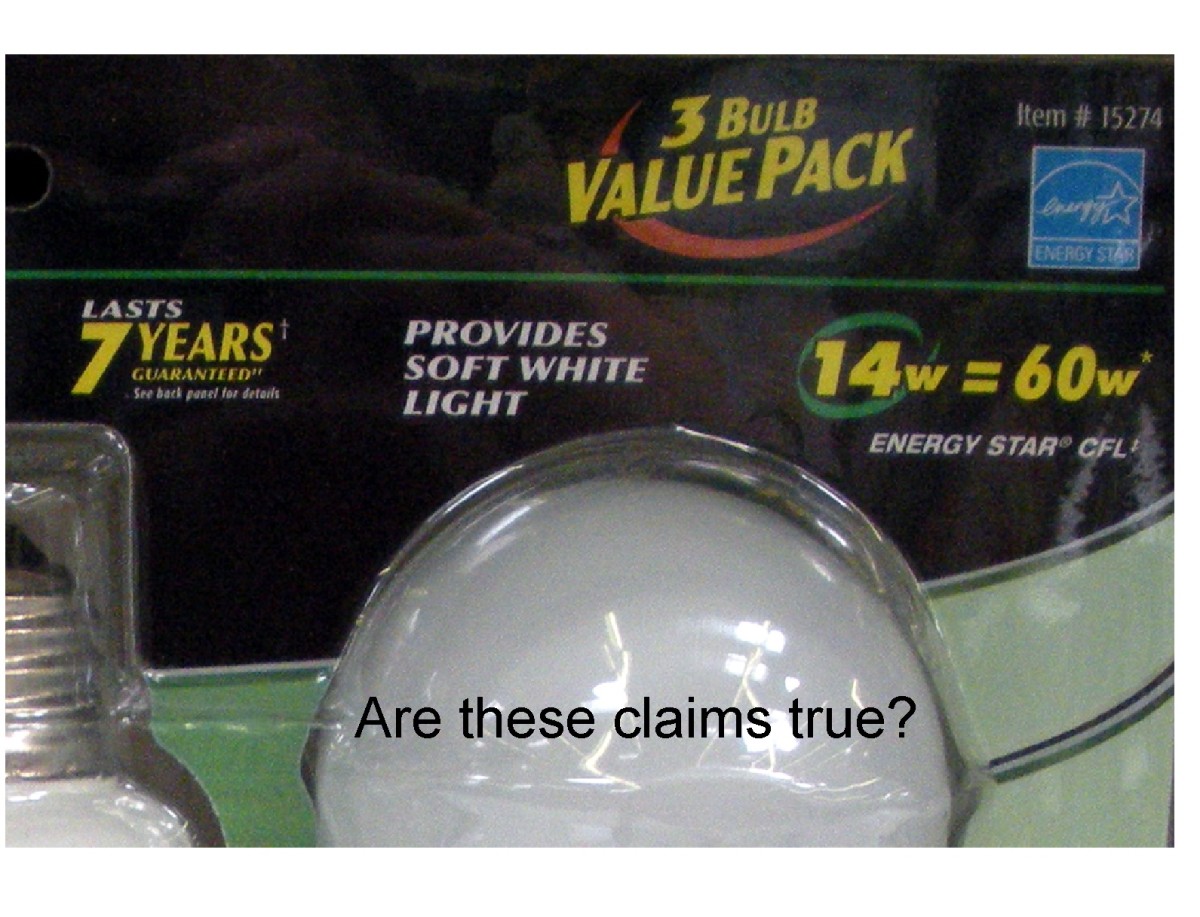Going Digital & the Digital Divide
Digital Converting & Digital Divide
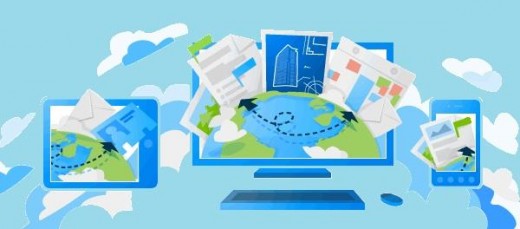
Digital & the Digital Divide
Converting to Digital & the Digital Divide
Volume 2, Issue 16, July 2, 2013
In the current environment we are being offered a chance for converting to digital forms and becoming free of paper in a paperless environment through different business ventures and convergence. The convergence has started with banking institutions utilizing direct deposit as opposed to paper checks, employers converting to direct deposits, use of business entities paperless billing for example is one of the largest parts of converting to digital.
For example, Time Warner, a cable company, here in the West went paperless and has an option for its customers to go paperless for a year savings; not using 6 pounds of paper, 23 pounds of wood (where paper is derived from), and reducing 29 pounds of greenhouse gases per household or customer gone paperless. That is a wonderful initiative Time Warner has enacted in there cable systems billing department. It does not say how much of an expense they save with customers going paperless but is an expense in the use of paper, ink, postage, and manpower to send the billing to a customer.
Continuing the subject of US computer or Internet Households there is a reported 45,658,826 million users in the United States and in the US with broadband it climbs to an incredible 80,332,838. This is a survey reported by Leichtman Research Group (LRG) in 2012, and included in these statistics was 90% Internet usage of the USA (gigaom.com/2012/09/04/90-of-us-households-with-computers-have-broadband/).
Disparities are very high statistically as reported by the Census Bureau who has gathered statistics since 1989 on computer and Internet Usage preventing countless households that have problems with cost, computer literacy, and computer ownership. They are victims of the great divide.
Income reported by Leichtman Research Group is in the 30,000 Annual ranges with 59% computer usage and 52% with Broadband, the percentage grows with the 30,000 Annual ranges to 50,000 annual ranges from 84% to 97% of Internet computer and broadband usage.
The Census Bureau (http://www.census.gov/prod/2005pubs/p23-208.pdf) reported that since 1989 the use of computers has climbed dramatically from 8.2 in 1984 to 61.8% in US households. Leichtman Research Group (LRG) reported a 91% range in the US with computers in the home.
Digital Innovation has taken a wild turn into the entertainment industry where it has penetrated the music industry, movies, and production. HULU, Amazon, and Netflix have taken broadband to new levels in entertainment and are making strides that are linear in nature and programming and social networking are at the backbone of the industry renewal and change.
Let’s take a look at businesses around California where disparities exist in small business entrepreneurialship here in the West. California has a potential consumer and potential entrepreneurial spirit with 38,041,430 million households reported by the Census Bureau. Of those 61.8% are computer and Internet users as of 2003, 34.8% are Latino, 65.1% are Asians, 36.1 are Blacks, and 56.1% are Whites. In areas where the disparity is greatest ELA 25.3% below poverty and 6,422 business owners, South Gate 19.6% below poverty and 6,733 business owners, Compton 24.9% below poverty and 5,082 businesses, and Watts/Willowbrook 25% below poverty and 2,133 businesses as of 2007. The businesses owned are primarily minority owned businesses, however they are sprinkled with white owned businesses. These statistics give you the idea of how much the great divide is in households that are having trouble owning, buying, and even maintaining a computer. Libraries, schools, and recreation centers are a vital and critically needed tools in these areas that do not have computer or Internet access. These areas need to have computers to become digitally included in growth and business in their respective communities.
